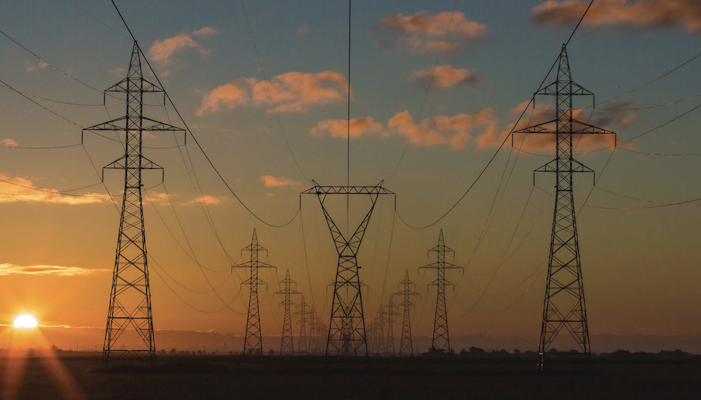
Engineers warn Ontario electricity costs could more than double with wrong supply mix
July 25, 2023
By CCE
An analysis compared various generation technologies.
The Ontario Society of Professional Engineers (OSPE) suggests the wrong supply mix to meet the province’s net-zero emissions goal would increase electricity costs to more than 220% of current rates.
OSPE conducted an electricity system simulation and economic analysis to estimate how much the province’s retail electricity rates would need to rise to ensure net-zero emissions by 2035. The analysis increased the existing, installed zero-emission capacity—based on 2021 data for hydroelectric, nuclear, wind, solar, storage and combustion—with different generation technologies to meet a high-load demand scenario forecasted by Ontario’s Independent Electricity System Operator (IESO).
The analysis added sufficient energy storage to meet the North American Electric Reliability Corporation (NERC) standards, which are mandatory for any power system connected to the main grid; Ontario is connected to five other systems in Quebec, New York, Michigan, Minnesota and Manitoba. The reliability standards impose additional costs for supply mixes that use weather-dependent generation.
Thus, OSPE finds expanding current capacity with too many intermittent renewables would result in significantly higher retail electricity costs. The worst choice from a cost perspective would be to add exclusively solar photovoltaic (PV) arrays, with battery energy storage systems (BESSs) for backup. The best choice, on the other hand, would be to expand nuclear generation, with pumped hydroelectric storage for some peak capability; in this scenario, today’s retail electricity costs would rise only 20% by 2035.
(The combustion cited in the analysis represents existing natural gas plants that would be fuelled by renewable natural gas (RNG) in a net-zero supply mix. If combustion turbines using RNG were not accounted for, projected electricity costs would have been even higher than noted above.)
To view OSPE’s report as a PDF file, click here.
